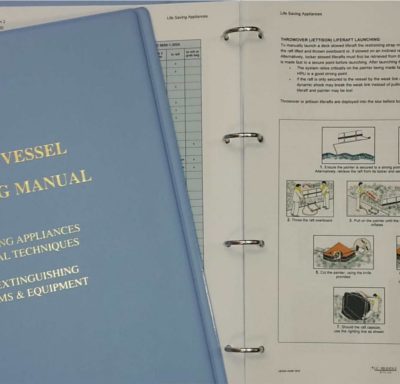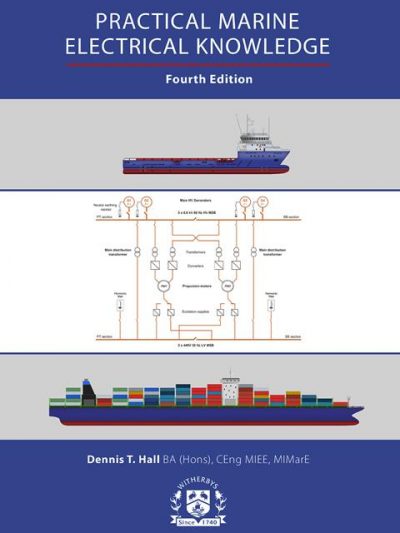Online Shopping
- Accessories
- Books Commercial
- Books Recreational
- Boat Building, Repair & Maintenance
- Canoeing, Kayaking, Rowing
- Childrens Books
- Clymer Outboard Manuals
- Coffee Table Books
- Collectable /Limited Editions
- Cooking
- Cruising Guides
- Design
- Diving/Marine Life
- Electrics & Electronics
- Engines
- Fiction
- First Aid
- Fishing
- Fishing
- General Interest
- History
- History Australia
- History General
- History Liners
- History Naval
- Humour
- Knots
- Logbooks
- Marine Art
- Marine Stories
- Meteorology
- Modeling
- Navigation
- Power Boats
- Rigging
- RYA – Royal Yachting Association
- Sailing Basic
- Sailing Cruising General
- Sailing Multihull
- Sailing Racing
- Sailing Racing Rules
- Seamanship
- Tide Tables
- Yachting Australia
- Calendars
- Charts
- DVD & CD
- Fiction
- Gift Items
- Gift Vouchers
- Gift Wrapping
- Models
- Navigational Equipment
- NEW TITLES
- Online Training Courses
- Radio
- Sailing Watches
- Software
- Software
- Specials
- Uncategorized
Our Newsletter

Subscribe To Our Mailing List
Join our subscribe list to get the latest news and updates
Biofouling can have a significant impact on ship hydrodynamics and energy efficiency and interfere with efficient operation of internal seawater systems. It can also threaten the marine environment through the transfer of non-native invasive species, or through the use of toxic anti-fouling systems.
This second editon identifies ship structures that are vulnerable to biofouling, factors affecting the rate of build-up and the effect of biofouling on performance and operating costs. It briefly discusses a number of environmental research initiatives into the effects of biofouling.
The book looks in detail at biofouling management, including the use of biocidal and non-biocidal paints and coatings, marine growth prevention systems, in-water cleaning and treatment in dry dock.
It sets out current biofouling legislation and guidelines, including IMO?s 2011 Biofouling Guidelines, the International Convention on the Control of Harmful Anti-fouling Systems on Ships (AFS Convention), and individual national and regional biofouling legislation. It provides templates for the Biofouling Management Plan and the Biofouling Record Book.
Finally, it provides a selection of data sheets giving an insight into the spread and capabilities of hull cleaning and inspection companies worldwide.





